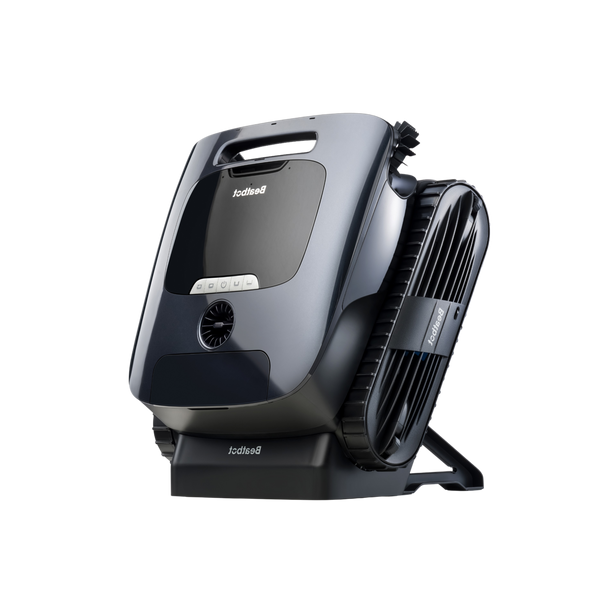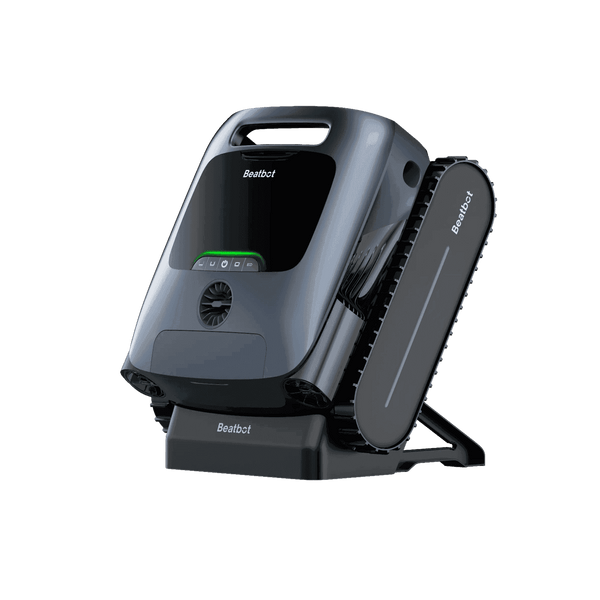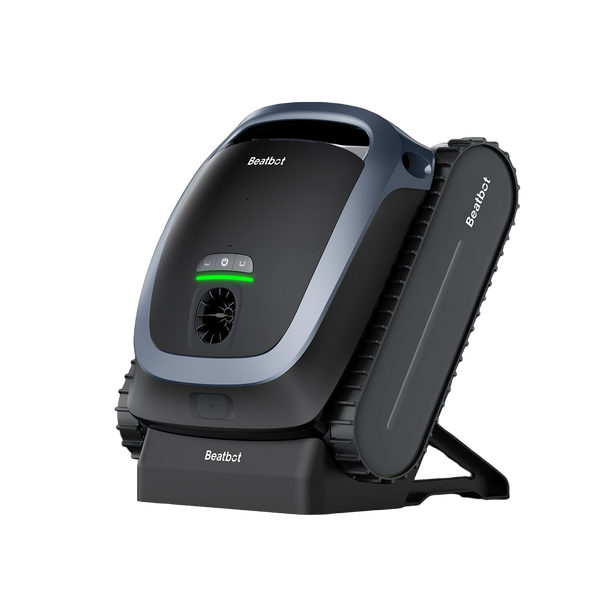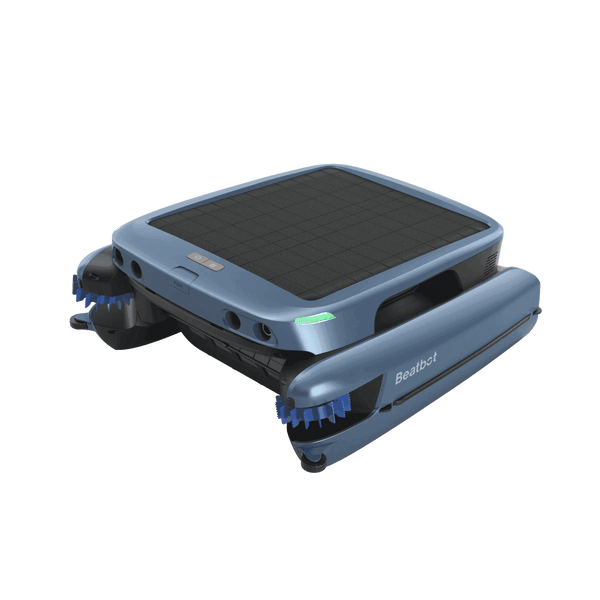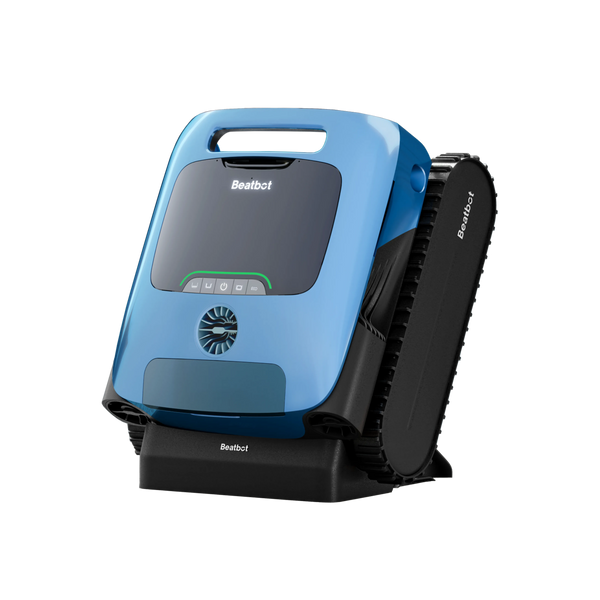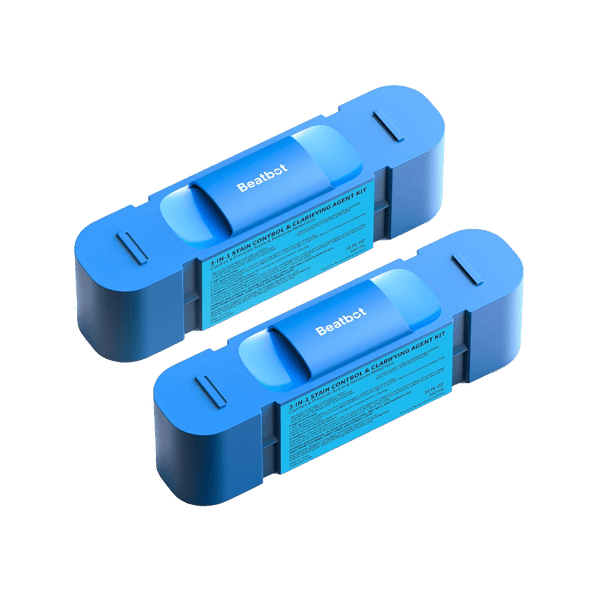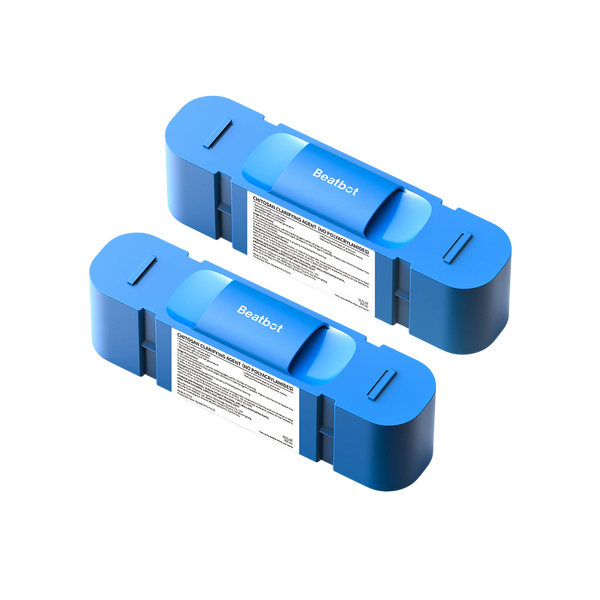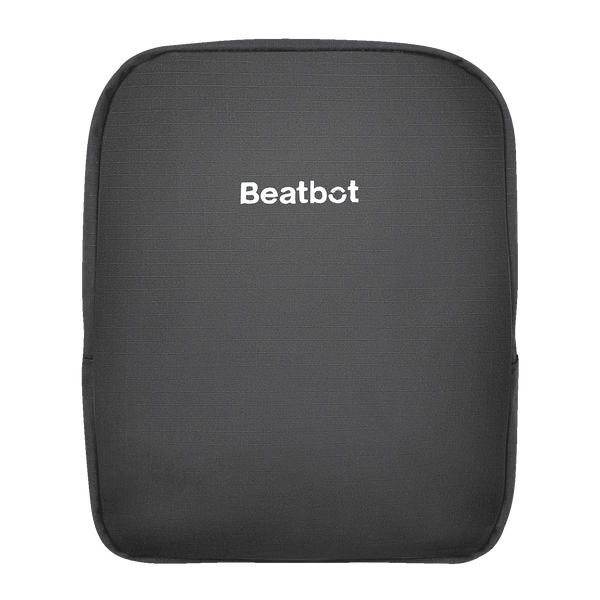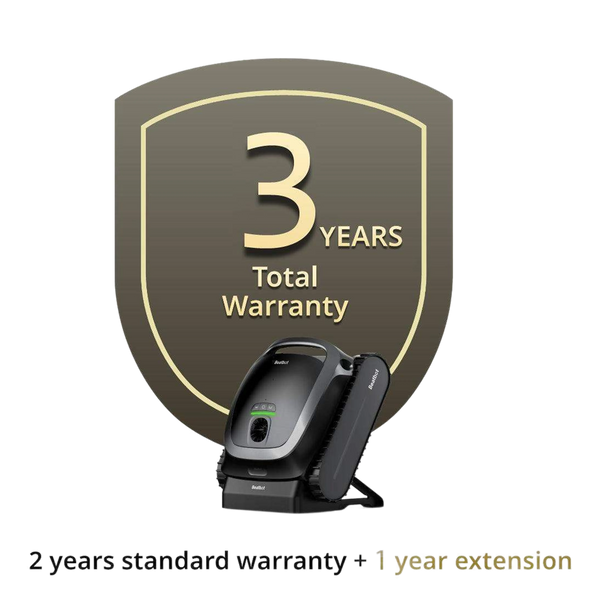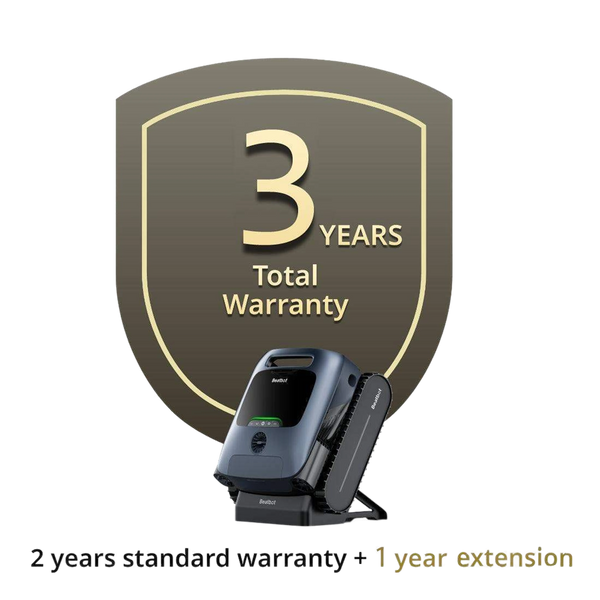How Rising pH Shifts Pool and Spa Water Dynamics
2025-03-27
I’m Nathanael Greene, a pool expert with over 15 years of designing, building, and balancing pools across Tampa’s humid expanse. My passion kicked off with summer swims in my granddad’s Georgia pool, growing into a career where I’ve wrestled pH spikes—like the time a public spa hit 8.2 and still sanitized fine. As a Beatbot blog writer, I’ve dug into how pH tweaks hypochlorous acid (HOCl)—the disinfection kingpin. Here’s the nitty-gritty, straight from my poolside tussles.

pH’s Ripple Effect on HOCl
HOCl’s the muscle behind chlorine’s sanitizing punch—I’ve seen it zap bacteria and viruses in pools from residential to rowdy commercial setups. A pH climb past 8.0, though, flips the script. Lower pH—say 7.4—floods water with hydrogen ions, boosting HOCl formation; I’ve tested it at 3 ppm and watched it hum. Crank pH to 8.0 or higher, and hydrogen dips—HOCl thins out, yielding more hypochlorite ions. It’s chemistry 101: pH’s the inverse log of hydrogen, a dance I’ve balanced for years.
CYA and TDS: The Sidekicks
Cyanuric acid (CYA) steadies chlorine against UV—I’ve used it to stretch sanitizer life in sun-baked pools. But over 20-30 ppm, it tames HOCl too much; I’ve seen public pools lag at 50 ppm CYA, pathogens lingering. Total dissolved solids (TDS) nudge it less—I’ve tracked minor dips in HOCl efficiency with high TDS, but pH’s the real mover. At 8.0, disinfection still ticks—old-school 0.2-0.4 ppm chlorine worked fine at 7.8; I’ve run 1-3 ppm now with little fuss.
Oxidation: HOCl’s Power Play
Oxidation’s the cleanup crew—HOCl snags electrons from sweat, urine, anything organic, breaking it down. I’ve watched it turn nitrogen compounds to gas in a busy spa. Oxidation-Reduction Potential (ORP) gauges this—millivolts of mojo. At 7.4 pH with 3 ppm chlorine, I’ve hit 740 mV; pH jumps to 8.0, it’s 690-700 mV—a 40-50 mV drop. High CYA or TDS drags it further; I’ve seen ORP tank below 650 mV in a sloppy setup, risking bugs like E. coli.
Why ORP Matters
The World Health Organization pegs 650 mV as the pathogen-killing floor—I’ve clocked 1 ppm chlorine at pH 8.8 hitting it. Low pH spikes ORP, speeding kills; high pH slows it, but it still works. I’ve tested chloramines—combined chlorine—creep up at 8.2, stinking up a pool ‘til I shocked it back. High ORP clears organic junk fast; low ORP lets it fester—research I’ve leaned on proves it.
Keeping It in Check
pH at 8.0-plus doesn’t kill disinfection—I’ve run pools there and kept them safe—but active spots need tighter reins. Beatbot’s latest robotic cleaner , launched at CES 2025, ties it together—5500 GPH suction and chitosan clarifier stabilize water, easing HOCl’s load so pH swings don’t sting as hard.
